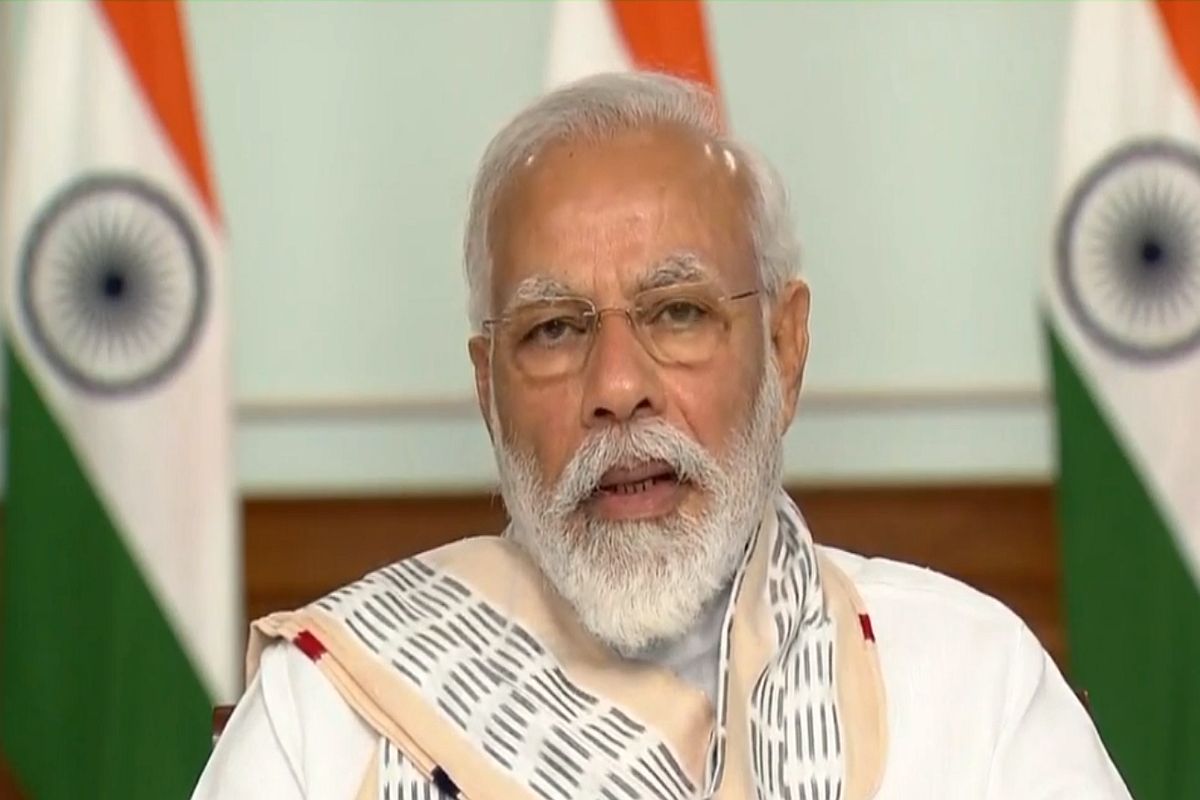On April 29, 2011, former Indian President late Dr APJ Abdul Kalam while addressing a gathering of prominent Indian businessmen at the Indian consulate in Chicago, said that the country could become a developed nation by 2020. When Kalam said that, he was probably being overly optimistic as India needed an average growth rate of above 11 per cent for the next 9 years to become a developed economy. The reality – India’s GDP (Gross Domestic Product) was growing at a rate of only 5.2 per cent, more than half short of what needed to go anywhere near Dr Kalam’s “vision 2020”.
This was anyway too big a task for a country that was witnessing turbulence in its politics with anti-corruption protests led by Anna Hazare demanding a Lokpal Bill and bringing back black money of Indians stashed in foreign banks, bringing the nation to a standstill. Alas, the “vision 2020” could not be achieved.
Now fast forward to 2023. Indian Prime Minister Narendra Modi on August 15 announced from the ramparts of the Red Fort that India will celebrate its 100th anniversary of independence (August 15, 2047) as a developed country. In a recent RBI article, it was also predicted that India will be a developed economy if the country maintains an annual growth rate of 7.6 per cent.
Can India fulfill its long-cherished dream of becoming a developed country by 2047? This question can only be answered in estimates. And before answering that, it’s pertinent to understand what does it mean to be a developed country?
The development of any nation comprises two key factors; wealth and social factors. Wealth means factors related to money such as per capita income and social means factors like access to education, medical care, life expectancy, etc.
The four key parameters on which the United Nations allot countries their development status are – 1. Gross National Income – the average annual income of a country: 2. Gross Domestic Production – the total market value of a country’s goods and services in a year; 3. Per Capita Income – average annual income per person and 4. Human Development Index – the standards of living, medical care facilities, infant mortality rates, and life expectancy, etc.
While the UN divides countries into three categories – developed economies, developing economies and economies in transition, the World Bank categorizes them into four income groups – high, upper-middle, lower-middle, and low-income economies.
Why India is a developing nation but US is a developed
The US is a developed country as it has effective industrialization and high per capita income. The country has lower unemployment and poverty levels with good living conditions. Life expectancy is another social factor considered while assigning a country its development status.
On the other hand, India is still a developing country with slow industrialization, higher unemployment, and poverty levels. The standard of living in India is moderate compared to other developed countries. The number of people dependent solely on agriculture jobs is more in India with relatively very low per capita income.
The life expectancy is lower and the infant mortality rate is high, thus, India is considered a developing nation. In other words, India is still a developing nation as it is yet to unleash its full potential in terms of ways to generate more wealth.
What India needs to do to become a developed country
Given India’s current GDP growth rate and future prospects, it is a no-brainer that the country’s economy will be much bigger after 25 years compared to what it is today. But it is not as easy as it looks to become a developed country for India is way behind not just European nations but its Asian counterparts in per capita income. As of 2021, India’s per capita income was Rs 1,72,531 as compared to Rs 55,98000 in the US, Rs 36,07000 in the UK and 9,45,000 in China.
While India’s per capita income is expected to rise around 7 times more in the next 25 years, it will effectively be just double what it is today if we take inflation and the value of money into account. So, India will have a massive task in hand to increase the per capita income of its citizens many fold to become a developed country.
The female labour force participation in India is less than 25 per cent as compared to 56.8 per cent in the US and 61.07 per cent in China. Improving on this parameter is another challenge for India as it will help the country in improving both its GNI and per capita income.
India also needs to focus on generating more income from industry jobs rather than agriculture jobs. Currently, agriculture and allied sectors contribute more than 20 per cent to India’s GDP. In the US, this contribution is just 5.4 per cent. By 2047, India will have another task to shift this income from agriculture jobs to manufacturing jobs.
What favors India the most in achieving the “goal 2047” is the availability of the world’s second-largest working-age population. India has nearly 68 per cent of its total population in 15-65 age group, only behind China’s 69 per cent. Having such a large workforce will attract new industries resulting in more income and an increase in the GDP of the country. Improvement in Human Development Index (increasing life expectancy, decreasing infant mortality rates, and improving overall living standards) will also be equally important to fulfill India’s dream to become a developed nation in the next 25 years.












